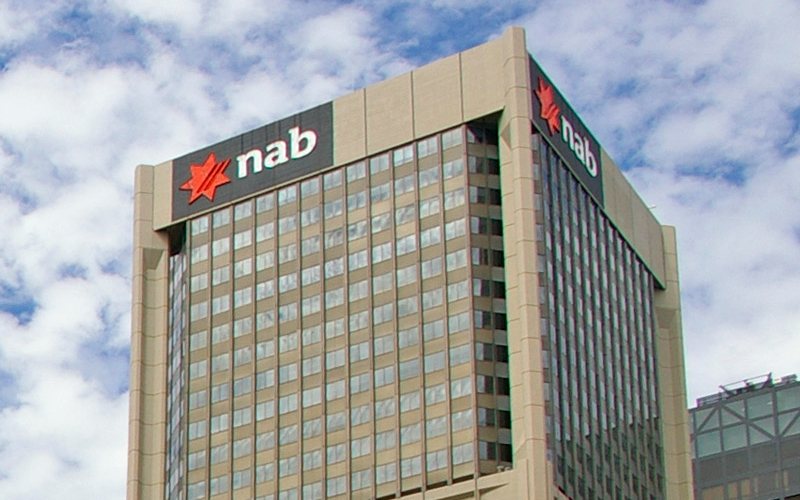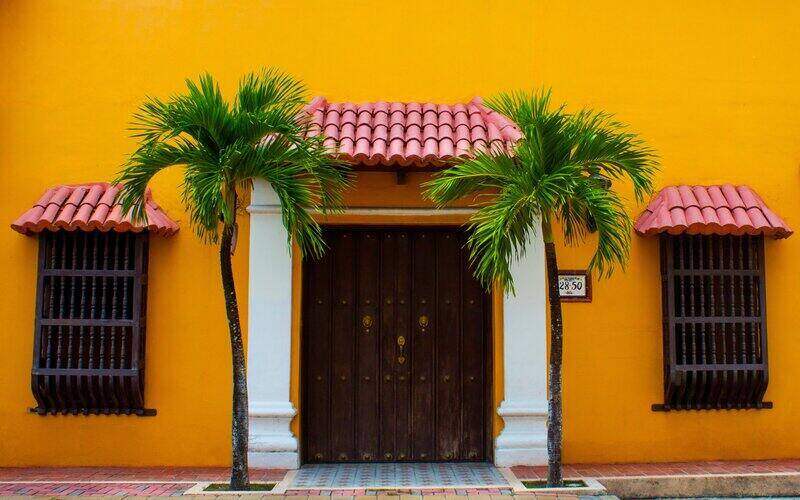After hiking by 0.10% p.a on Tuesday, NAB now offers 4.90% p.a for one year term deposits, the highest unconditional rate at the big four banks.
On Monday, Commonwealth Bank also launched a limited special offer of 4.90% p.a on 11 month terms, but only for existing personal or SMSF customers.
Unconditional rates at Commonwealth Bank were also bumped up, but only by 5 bps to a more humble top return of 4.60% p.a.
This news might go a little way to console fans of high TD rates after last week saw G&C Mutual Bank axe its previously market leading rate of 5.40% p.a.
Heartland Bank is now the market leader for both six month (5.30% p.a) and one year (5.35% p.a).
Among the largest banks in Australia by household deposits, the standouts are ING and BOQ, both offering a top rate of 5.10% p.a.
Pre-empting the RBA?
The slight increases to deposit returns will be irrelevant to many Aussies with mortgages, who are anxiously waiting on signs for the next move from the Reserve Bank.
Boosts to TD rates could be interpreted as these banks expecting high rates to remain for longer.
However, as the Chief Retail Banking officer at Bank of Sydney, Huw Bough, told the Savings Tip Jar podcast, there are lots of other reasons why banks might alter term deposit rates.
"Customer behaviour and demand...market conditions and competition....all of these sorts of factors will impact the amount of savings in the pool [banks] compete for," he explained.
If you're trying to predict the RBA, Governor Michele Bullock has been pretty consistent that monetary policy will depend on bringing down inflation.
In just over a fortnight, the inflation figures for Q2 will come out, which may be hugely consequential for the August decision.
CommBank economists are still officially predicting the next move from the RBA will be down, but CBA economist Stephen Halmarick said this could be "tested" by the upcoming unemployment numbers (scheduled for 18 July) and the CPI.
"A very strong employment report and/or a higher‑than‑expected Q2 24 CPI reading could force the RBA into a further near‑term tightening of monetary policy," Mr Halmarick said.
As it stands, NAB economists also feel the cash rate has likely peaked, but that it will be "some time" before the RBA have the "confidence" to start easing rate cuts.
"This may be in hand by February [2025], but we see May, after the Q1 2025 CPI, as most likely," Chief NAB economist Alan Oster said in June.
NAB economists had the latest cut call of their major bank compatriots at May 2025; ANZ's have February 2025 pegged, while Westpac and CBA are still forecasting a November 2024 cut.
On 15 July, the RBA ASX rate tracker suggested the market was pricing the chances of a rate hike in August to 4.60% p.a at 17%.
Inflation will be the big trump card; ANZ economists have forecast a cash rate hold, yet a quarterly inflation rate of 1.1%.
Most times in the past 20 years, the RBA has hiked the cash rate after a quarterly inflation rate of 1% or greater.
Picture from Commonwealth Bank media



 Bernadette Lunas
Bernadette Lunas
 Harry O'Sullivan
Harry O'Sullivan

 Denise Raward
Denise Raward
 William Jolly
William Jolly

